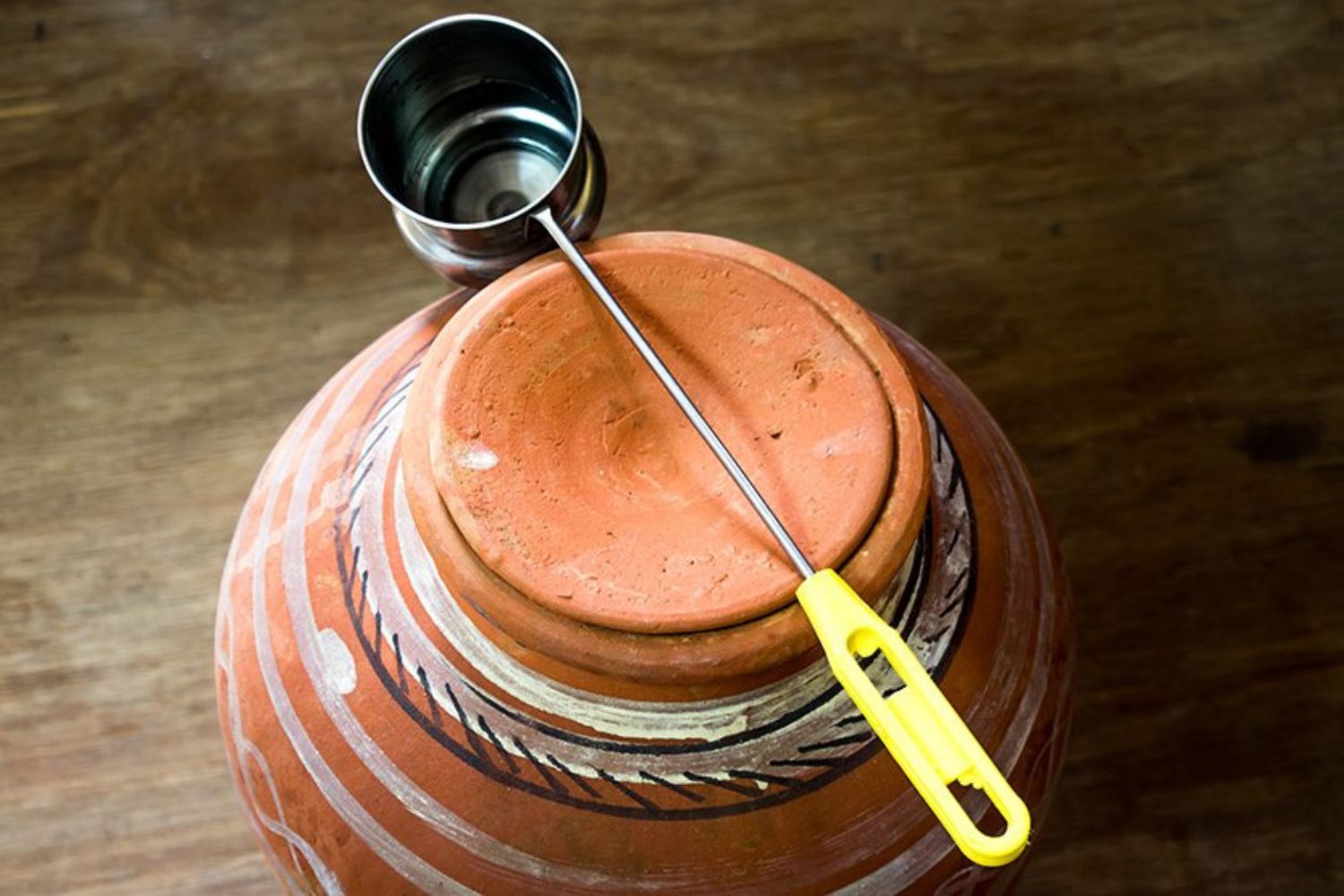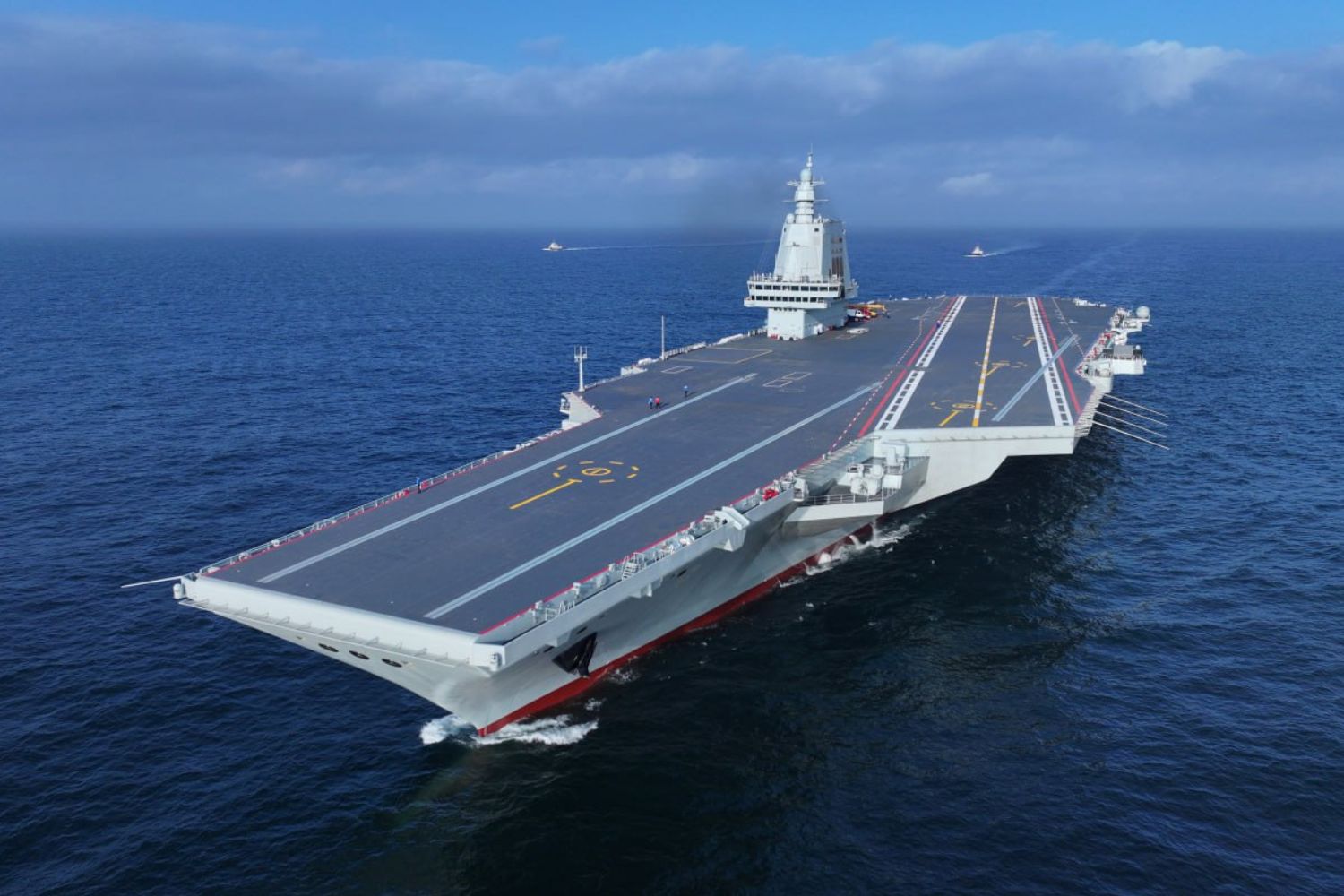As temperatures in India soar to record-breaking levels, a centuries-old technology is making a significant comeback, providing a sustainable and low-tech solution to combat the extreme heat. Ancient terracotta air coolers, which operate on the principle of evaporative cooling, are proving to be highly effective in alleviating the sweltering conditions.
This traditional cooling method leverages water to cool the air through the process of evaporation, a technique particularly effective in dry environments. Terracotta air coolers function by allowing water to seep through the porous material of the clay. As the water evaporates at the outer surface, it cools the air inside, creating a refreshing breeze without the need for electricity.
The resurgence of these ancient coolers comes at a time when many parts of India are grappling with unprecedented heatwaves. Modern applications of this technology are being developed and implemented by innovative designers and engineers who see the value in merging traditional wisdom with contemporary needs.
One notable example is an Indian design studio that has created a zero-energy terracotta air conditioner. This modern adaptation enhances the traditional method by optimising the design for urban environments, ensuring efficient cooling while maintaining sustainability.
The use of terracotta air coolers not only provides an eco-friendly alternative to electric air conditioning but also offers a cost-effective solution for cooling homes and workplaces. In a country where energy consumption and costs are major concerns, these coolers represent a practical approach to managing heat without exacerbating energy shortages or contributing to carbon emissions.
Local artisans and manufacturers are seeing a revival in demand for these terracotta coolers, which are handcrafted using age-old techniques. This not only supports traditional craftsmanship but also promotes sustainable economic growth within local communities.
As India continues to face the challenges of rising temperatures, the revival of terracotta air coolers highlights the importance of looking to the past for solutions to contemporary problems. By integrating ancient techniques with modern innovation, these coolers are helping to create a cooler, more sustainable future.
In conclusion, the return of terracotta air coolers in India is a testament to the enduring value of traditional knowledge and its potential to address today’s environmental challenges. As temperatures continue to climb, these low-tech yet highly effective devices are making a significant impact, offering a simple, sustainable way to beat the heat.
Traditional Cooling Methods Throughout Human History
Throughout human history, various cultures have developed ingenious methods to combat heat and keep their living environments cool. These traditional cooling techniques, often rooted in a deep understanding of local climates and resources, continue to inspire modern sustainable practices.
Evaporative Cooling
Ancient Egypt and Persia:
– Terracotta Pots: Similar to the terracotta air coolers used in India today, ancient Egyptians and Persians used porous clay pots filled with water. As the water evaporated, it cooled the surrounding air.
– Windcatchers (Badgirs): Persian architecture featured tall structures designed to catch and direct wind into buildings, where it would pass over pools of water or through damp cloths, cooling the air through evaporation.
Passive Cooling in Architecture
Ancient Rome:
– Hypocaust System: This was an early form of underfloor heating and cooling. Cool water was circulated through pipes under floors and within walls, helping to moderate indoor temperatures.
India:
– Jali Screens: Intricately carved stone or wooden screens allowed air to flow through while blocking direct sunlight, reducing indoor temperatures.
– Stepwells (Baoli or Vav): These structures, primarily used for water storage, also provided cool retreats due to the lower temperatures underground.
Middle East and North Africa:
– Thick Walls and Courtyards: Buildings with thick walls made of materials like adobe or stone provided insulation against the heat. Central courtyards with gardens and fountains enhanced air circulation and evaporative cooling.
Ventilation Techniques
Japan:
– Shoji Screens and Sliding Doors: Traditional Japanese homes utilise shoji screens and sliding doors to maximise airflow. The use of natural materials like wood and paper also helped in regulating temperature.
China:
– Siheyuan Courtyards: Traditional Chinese homes were built around a central courtyard, which facilitated natural ventilation and cooling.
Greece:
– Whitewashed Buildings: In regions like the Greek islands, buildings were often whitewashed to reflect sunlight and keep interiors cooler.
Cooling with Water
Islamic Architecture:
– Reflecting Pools and Fountains: Islamic gardens and palaces often featured water elements. These pools and fountains not only provided aesthetic beauty but also contributed to cooling the surrounding air.
Italy:
– Roman Fountains and Aqueducts: The Romans built extensive aqueducts to bring fresh water into cities. Public fountains and baths provided cool places for relaxation.
Natural Ventilation
African Architecture:
– Adobe and Mudbrick Houses: Thick walls made of adobe or mudbrick helped to keep interiors cool by providing thermal mass, which absorbed heat during the day and released it at night.
Indigenous Architecture:
– Grass and Thatch Roofs: Many indigenous cultures worldwide, from Africa to the Pacific Islands, used grass and thatch for roofing. These materials provided natural insulation and facilitated air circulation.
Cooling Gardens
Spain:
– Alhambra Gardens: The gardens of the Alhambra in Granada are designed to maximise shade and use water features for cooling. The strategic placement of plants and trees helps to create microclimates that offer respite from the heat.
Persia:
– Chahar Bagh: Persian garden designs often included a four-part layout with water channels and abundant vegetation, creating cool and shaded spaces.
Traditional cooling methods offer valuable insights into sustainable and environmentally friendly ways to manage heat. By utilising natural materials, architectural ingenuity, and a deep understanding of local climates, ancient cultures were able to create comfortable living spaces without relying on modern technology. These time-tested techniques continue to inspire contemporary green building practices and underscore the importance of harmonising with nature to achieve comfort and sustainability.
ALSO READ: India reports first heat-related death amid unprecedented urban heat waves













